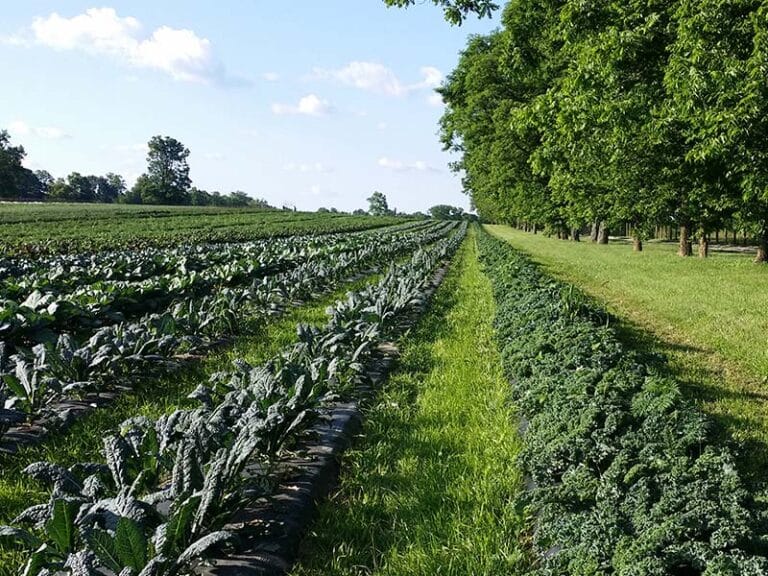
A new year brings with it a wealth of new opportunities and we love being able to continue to grow and keep things fresh for our food and farm family. But one thing that remains constant year after year is our commitment to regenerative agriculture.
With regenerative agriculture we work with the land and not against it as much as possible. Its core component is in its name; a method of practicing agriculture that regenerates, restores and improves soil health and prioritizes healthy ecosystems. In our case, this is also a core principle of organic farming, which we consider a win win.
But what does regenerative agriculture actually look like? Unfortunately there’s no set “blueprint” for how to improve soil health though certain principles of the past inform our current decisions. For example, after many years of tried and true use of cover crops, we know that they feed the microbes in the soil as well as protect it from erosion, weeds and other pests. Over the years we’ve honed in on what works for us though we are constantly modifying and improving upon our methods.
When it comes to our organic vegetables and fruits we don’t use any chemical fertilizers or pesticides, which is also a cornerstone of organic farming. We also use netting and other natural deterrents to protect against birds, raccoons and deer. In addition, planting and harvesting is done by hand whenever possible to avoid excess soil disruption. Growing produce organically AND regeneratively is not historically the easiest or cheapest method and thus our prices are typically higher than what you’ll find at the big box stores. But we know that healthier farming practices means healthier food and a healthier planet, which we’re happy to choose time and time again.
At the helm of the way we regeneratively raise our livestock to provide our organic, pasture-raised meats is what’s called rotational grazing. The overall goal of rotational grazing is to avoid sequestering livestock to one pasture to graze which leads to more exposure to parasites and a greater increase in soil disturbance. For example, our cattle are rotated across hundreds of acres of pastures for more than 850 days, as opposed to remaining in just one section. As they graze on grass they also keep the weeds in check, while the nutrients in the soil that are being depleted get replenished in the form of manure, which helps more grass to grow. Each pasture is also given time to rest after the cattle are rotated to the next paddock we set with portable electric fence every 40 days or so as needed to allow local ecosystems to continue to flourish. Many are surprised to learn that our chickens are rotationally grazed too! At night they go into what we call their chicken tractors which are moveable outdoor pens that can be closed up to protect from predators and are moved each day to give them an opportunity to roam on new pastures. This also allows for picked through pastures to rest and revitalize for future grazing. Just like growing fruits and vegetables regeneratively, rotational grazing is more labor intensive but you can really taste the difference in the meat – and see the difference in the soil.
Regenerative agriculture is about doing things the right way, not the fast way. But growing and raising food for the greater good makes it all worth it and we are proud to practice regenerative agriculture for as long as we are able.


Made with 
